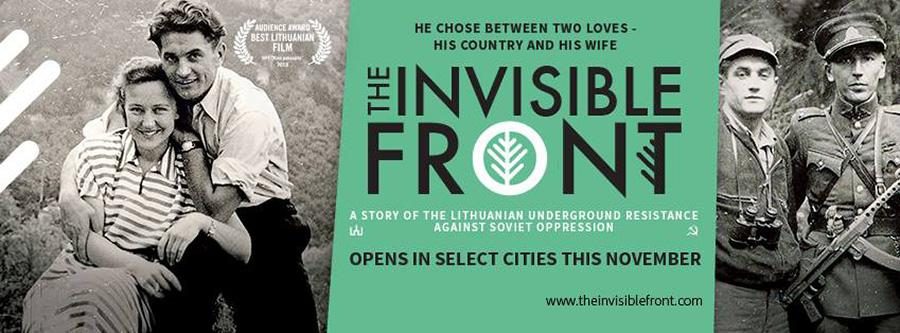Historical film lacks in depth
November 5, 2014
The conflict in Lithuania between Soviet occupying forces and the Lithuanian partisans from 1944 to 1953 is often considered a forgotten war by historians. The heavy suppression of resistance discussion by the Soviets as well as their vague documentation of the warfare led to little acknowledgement of the war. The Soviet forces simply called it “The Invisible Front,” which is the title of a new documentary directed by Jonas Ohman and Vincas Sruoginis.
The focus of the film is the Forest Brothers — a guerrilla youth group — specifically, the life of their leader Juozas Luka. He led the resistance in 1946, escaped the country to rally support from the West, re-entered Lithuania in collaboration with the CIA and was killed in 1951.
While the film offers a good overview of the conflict and a somewhat satisfying narrative arc, its surface-level analysis and the details provided are little more than what’s readily available on Wikipedia.
The main value of the film is the use of firsthand accounts of the events revealed through interviews with direct participants, including Nijole, Luka’s wife, who provides the strongest emotional connection for the audience. It is commendable that the filmmakers were able to talk with so many involved parties — their segments are personal and moving, but they become repetitive as the film goes on.
Archival footage and excerpts from Luka’s personal writings are used to fill in the gaps of the documentary and show Luka’s feelings, but the work as a whole suffers from a frustrating lack of depth. In one scene, the use of a clip from an old interview with Jonas Kukauskas, the man who betrayed Luka to the Soviets, is promising but goes nowhere beyond having Kukauskas explain what happened. There is very little to the film beyond an explanation of history.
The style of the film closely resembles that of Ken Burns. But while Burns’ documentaries are meticulously detailed and intriguing, “The Invisible Front” struggles to find the same power. The film has all of the clichés of a traditional historical documentary — the constant voice-over narration and the slow pan across still images. It would certainly help to make the content more interesting and the filmmaking more admirable. Last year, “The Missing Picture” and “The Act of Killing” both detailed lesser-known historical events, but did so in exciting new ways that experimented with the definition of a documentary and provided insightful analysis into the events.
“The Invisible Front” is an adequate overview of the Lithuanian-Soviet conflict, but it fails to find a new approach beyond the historical documentary you might watch in a high school history class. The film feels stale and derivative.
A version of this article appeared in the Wednesday, Nov. 5 print edition. Email Zach Martin at [email protected].



























































































































































